Here’s what the Renga poetry form is:
A renga is a Japanese collaborative genre of poetry, in which multiple poets alternately contribute stanzas to the poem.
The renga came into existence after two people started writing a tanka (a traditional short Japanese poem) together, and it became a favorite pastime even in ancient rural Japan.
So if you want to learn all about the Renga poetry type, then you’ve come to the right place.
Keep reading!
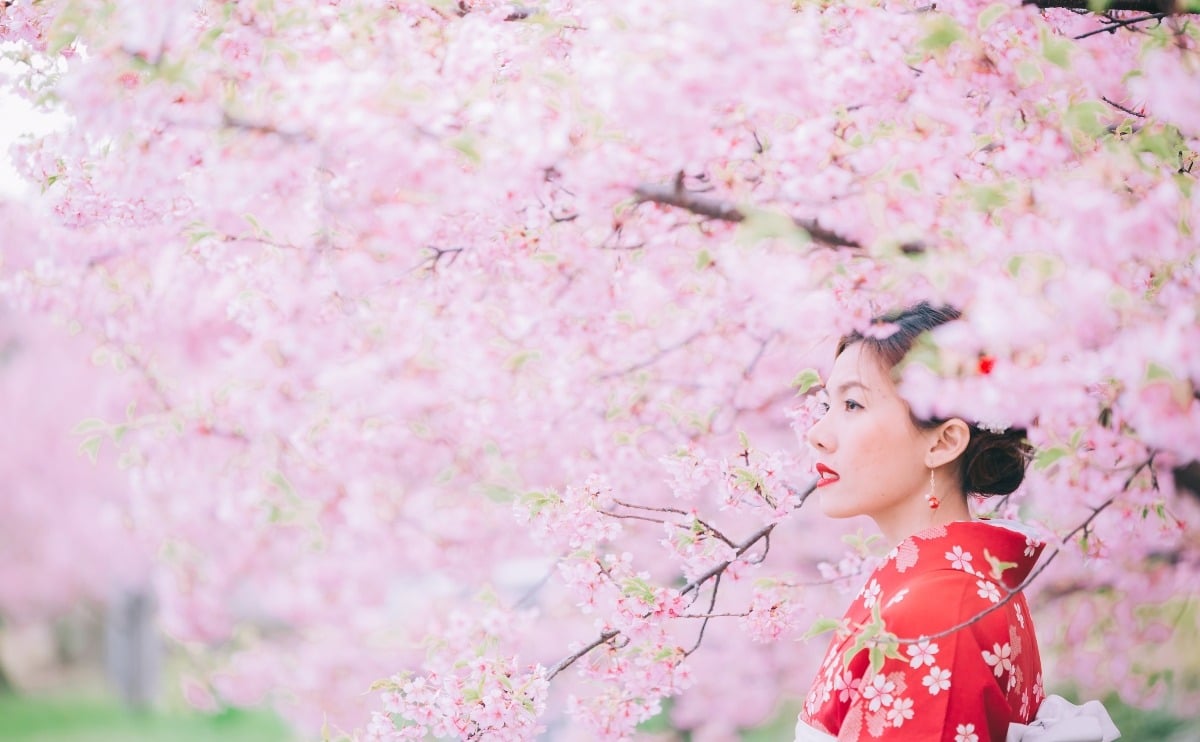
Forms of Poetry: Renga

Renga, literally “linked verse,” is a form of Japanese poetry based on collaboration between multiple poets.
If you’ve ever played the popular word game “one-word story” then you could think of renga as a poetic interpretation of the same concept.
This form of poetry is unique in that it is inextricably communal poetry.
The ownership and the satisfaction of creating the poem are shared between multiple poets, with it being impossible to compose a true renga-styled poem without collaborators.
Basic Properties of Renga
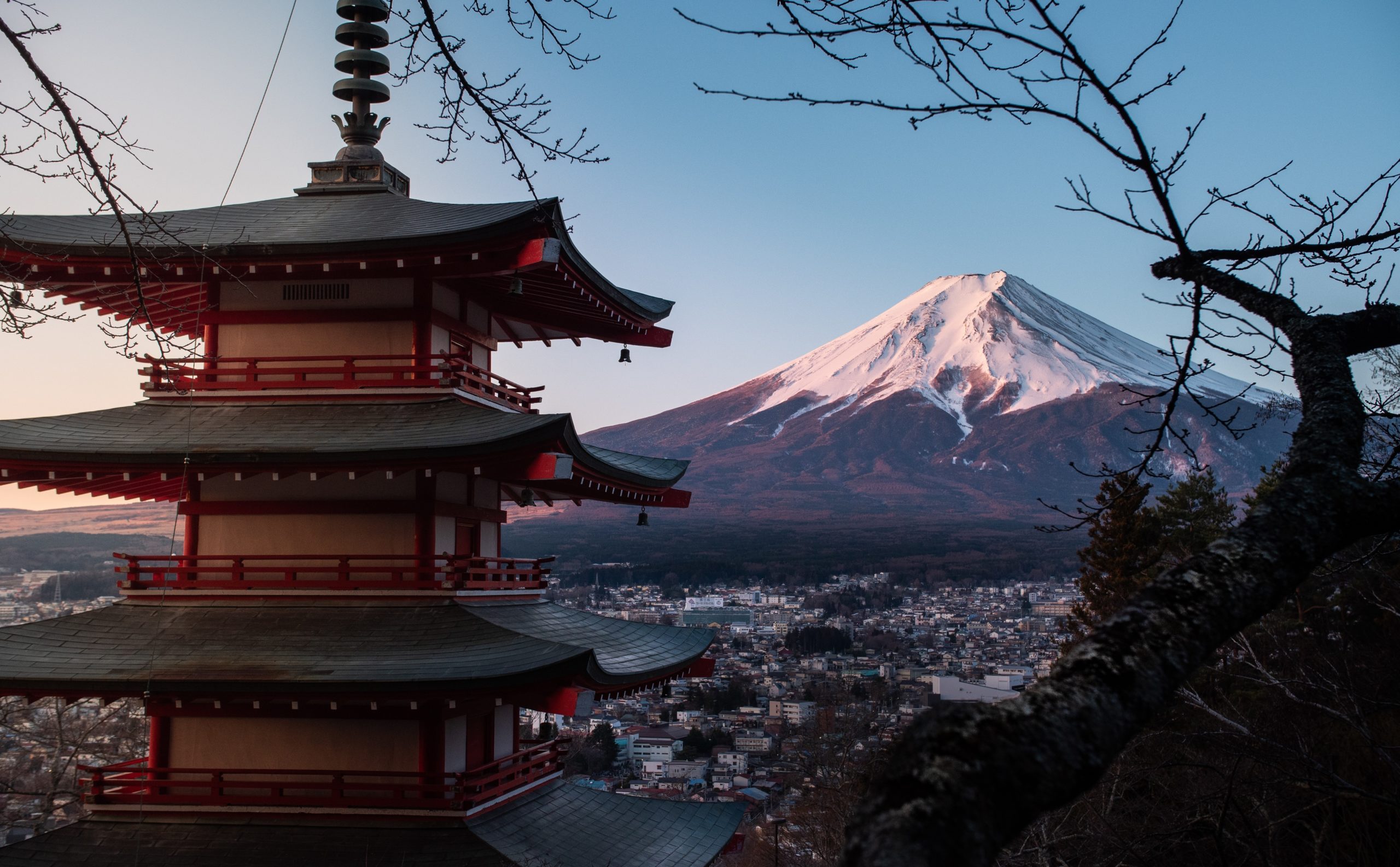
| Rhyme Structure | None |
| Meter | Unmetered |
| Origin | Japan |
| Popularity | Less popular now than its descendant, the haiku, but still regarded as a precious piece of Japanese historical literature |
| Theme | Traditionally about seasons and nature |
How Are Rengas Structured?

Modern renga is surprisingly simple.
The first poet composes the first stanza, which consists of 17 units in a 5-7-5 structure across three lines.
A second poet then composes the second stanza, a couplet with a 7-7 format.
This is not necessarily the full length of the renga, but we’ll get to that explanation a little further in.
It should be noted that in the original Japanese these are not syllabic units, but sound units called on that are unique to the Japanese language.
English has no equivalent unit so an English mimicry of the form will typically use syllables as a compromise.
Astute readers may notice that the first stanza’s 5-7-5 format sounds familiar.
That’s because this is the same structure utilized in the haiku. This is not a coincidence.
The modern haiku was born from the very first stanza of the older renga.
Traditional renga did not necessarily stop after a mere 5 lines.
It was not uncommon for a renga to consist of hundreds of lines, with poets continuously adding sections in an alternating pattern of 5-7-5 and 7-7 verses.
Just like the offshoot haiku, the renga typically deals with themes such as seasons and nature, although the back and forth between collaborating poets may lead to interesting shifts in perspective and tone as the poem continues.
History of the Renga
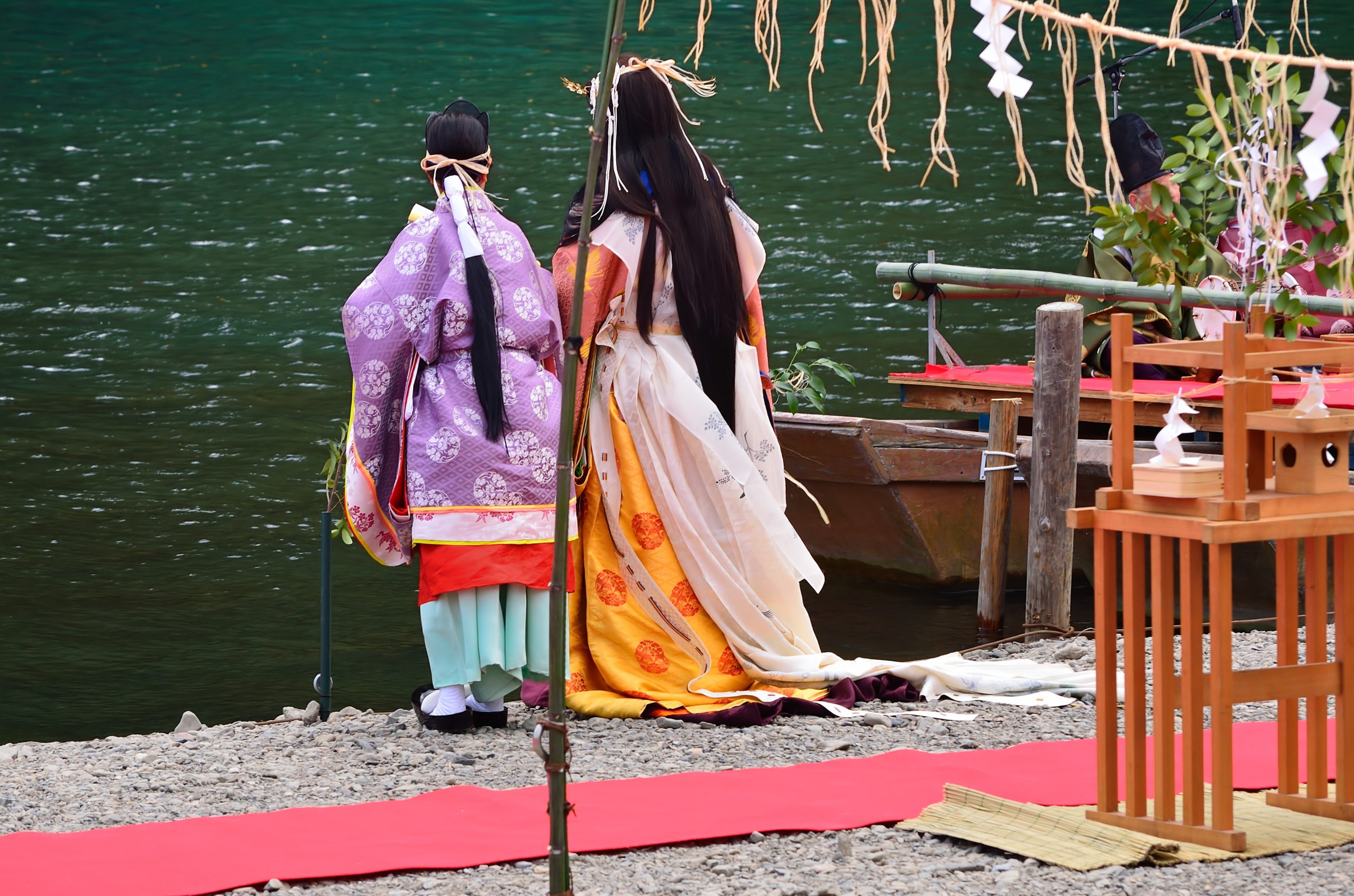
Most scholars associate the origins of renga with a passage in the Kojiki in which the prince and an old man have a conversation with each other in a poem.
The earliest known dedicated renga appears in the Manyoshu, an anthology compiled around the 8th century AD.
This two-stanza form, which we treat as the norm in English, is actually the tan renga in Japan, a popular child of the renga.
The tan renga was especially popular during Japan’s Heian Period, a period of history ranging from the late 8th to late 12th centuries.
These linked verses spawned games and even events at which poets would compete in groups to see who could create the best sections for the renga.
Lengths for the final poems varied but this emphasis on creating renga in large groups eventually led to the creation of the chōrenga, a form with an impressive 100 total stanzas.
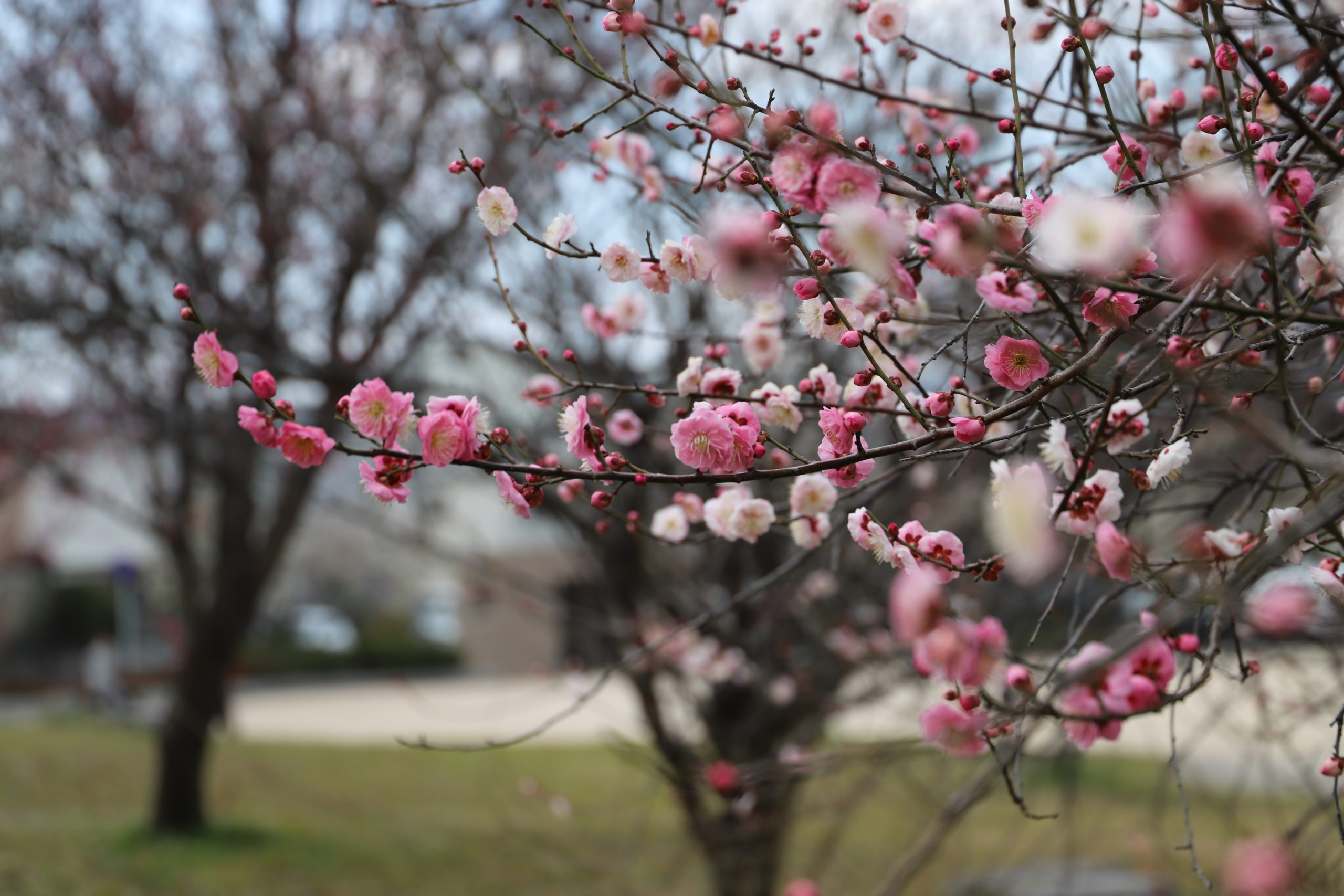
Renga did not become a standard practice among commoners until around the 13th century, following the Jōkyū War.
It was around this time that gathering beneath flowering trees in spring to compose renga became a popular practice.
The Muromachi Period has been referred to as the “golden age of renga” in which many of the most famous practitioners of renga lived.
Renga did eventually start to wane in popularity around the early 16th century, with the introduction of the new haikai form, but renga has remained a respectable part of Japanese literature throughout most of the form’s history.
This form has unfortunately lost much of the popularity it once had.
This can be partially attributed to a shift toward the European traditions of poetry, in which a single poet is responsible for the entire poem.
While neither the practice nor the form is entirely dead, the much shorter haiku has become far more popular in the modern era than the form from which it draws its roots, both in the east and in the west.
Tips for Writing Renga

We should first address the elephant in the room.
You cannot write renga without any other participants.
This is not optional.
The spirit of renga comes from the interplay between multiple voices in a single poem.
It may be wise to choose a group that is at roughly the same skill level as you when it comes to poetry.
A seasoned poet may find it unsatisfying to work with a group that doesn’t care for poetry while someone who is just learning poetry may feel discouraged if they feel that they’re the weakest link in the chain.
Either way, it should be established upfront that this is a judgment-free zone.
Renga is chiefly about cooperation and should not be seen as an opportunity to harshly judge the participants.
Additionally, it is not advisable to negotiate or argue over sections of the poem.
Each member of the group is wholly responsible for his or her own link in the chain and claims sole ownership over that link.
The poem is the product of the group, but you must respect the contributions of each member.
It is a good idea to start off on the same page.

Assigning some central topic to the poem, usually regarding seasonal imagery of nature’s relationship with a man in some way, will give everyone a firm starting point so that the poem is less likely to stray into unusual tangents.
That said, it is not necessary to completely avoid the tangents.
While the ultimate goal is to create a beautiful poem, much of the entertainment comes from seeing what the poet after you will add to the poem.
Renga can be performed orally or can be written down, one verse after the last by passing a sheet of paper around the group.
The latter approach tends to make it much easier to keep track of the poem, especially in larger groups.
Remember that while renga is a form of poetry, it is also traditionally a sort of game, so you should focus more on enjoying the process of creating a poem unique to your group of friends or colleagues.
It will not be your ability to stand out over everyone else that will make the poem interesting.
The poem acts like a conversation, a mixing of the ideas of everyone involved, and it is important to see the value of the group rather than of the individual.
Poet’s Note

Allow me to take this opportunity to express my grievous discomfort with explaining the difference between the preposition “on” and the syllables for each Japanese form I research, especially to newer poets who have only just grasped syllable count.
It’s exactly as fun as it sounds.
Comprehensive Collection of Poetry Forms: Craft Words Into Art
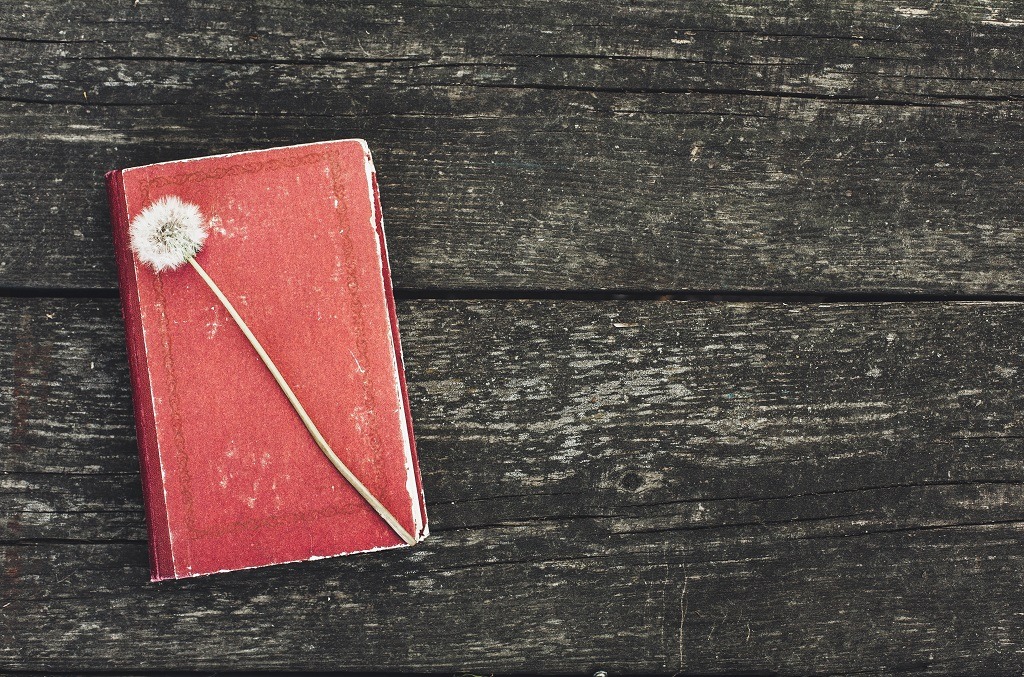
Dare to traverse the entire spectrum of poetic forms, from the commonplace to the extraordinary?
Venture from the quintessential Sonnet to the elusive Mistress Bradstreet stanza, right through to the daunting complexity of Cro Cumaisc Etir Casbairdni Ocus Lethrannaigecht.
For those with a zeal to encounter the full breadth of poetry’s forms, this invitation is yours.
Start exploring the vast universe of poetic ingenuity with our comprehensive array of poetry forms right now!
